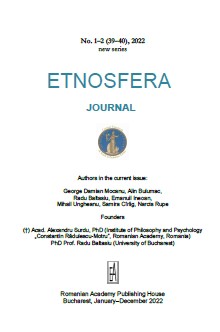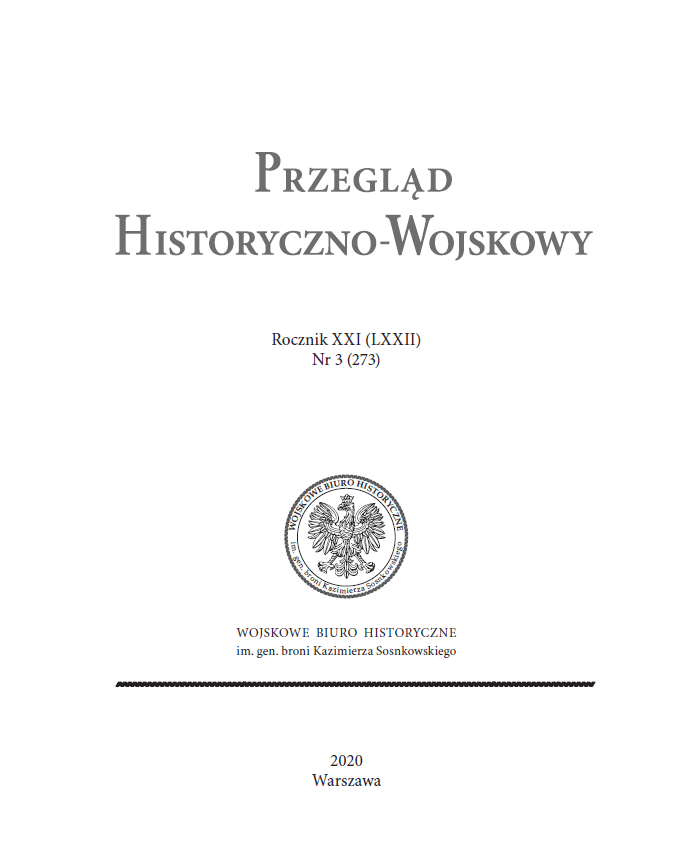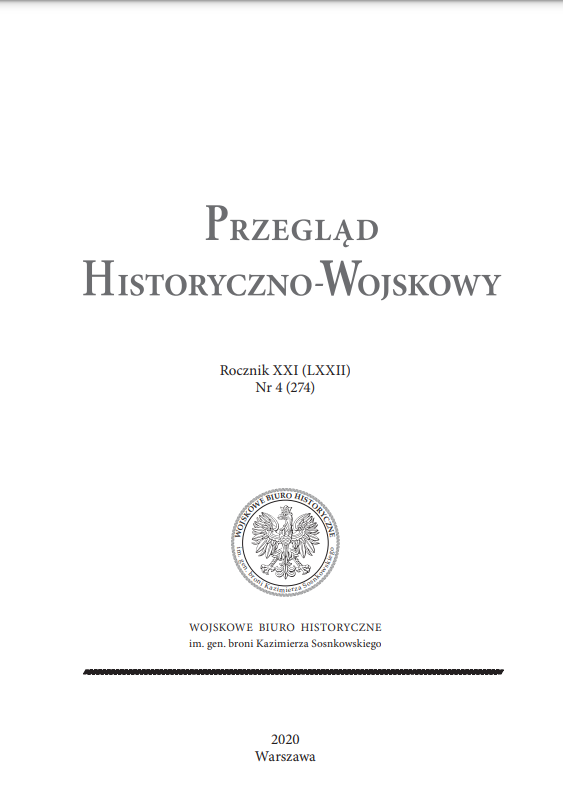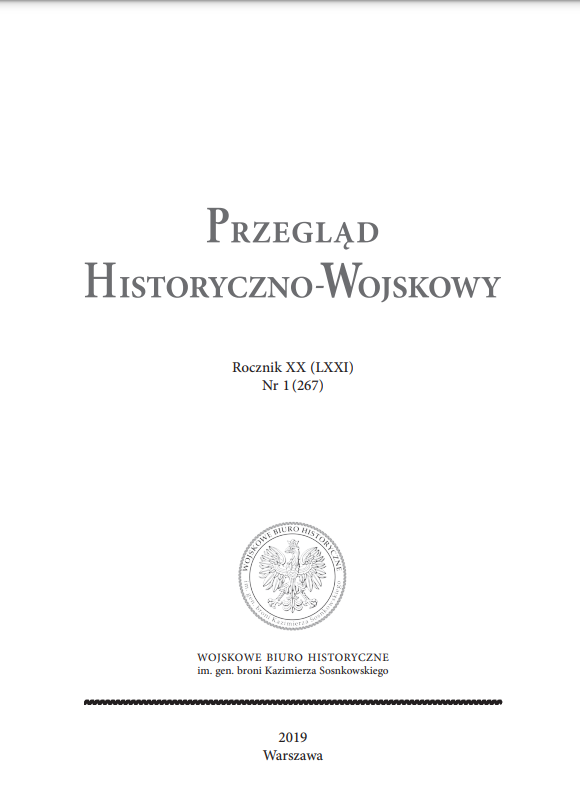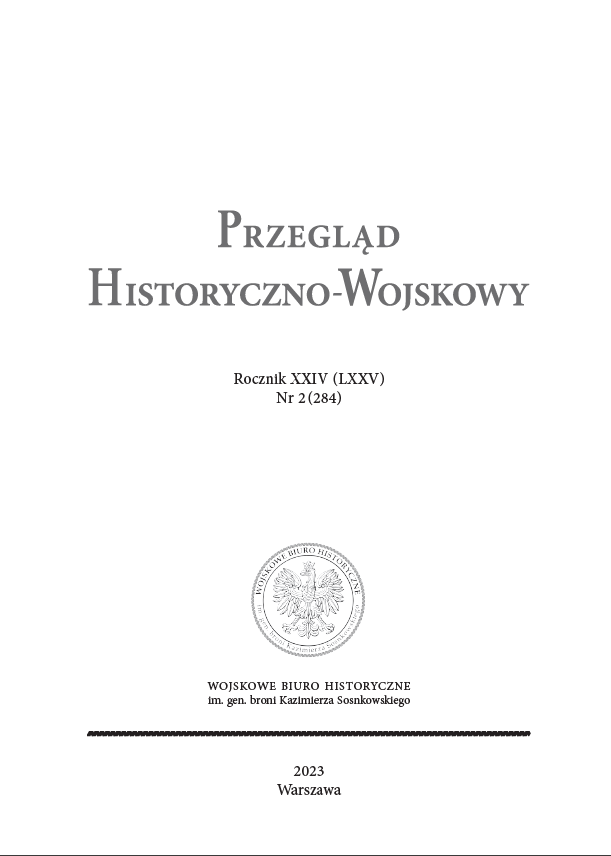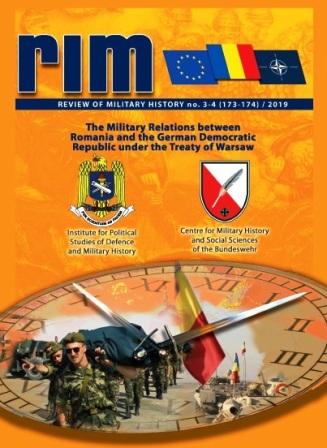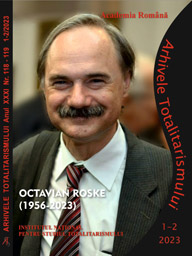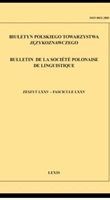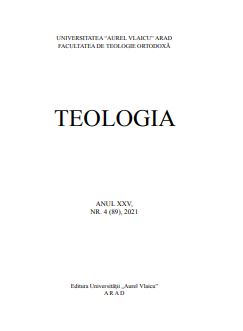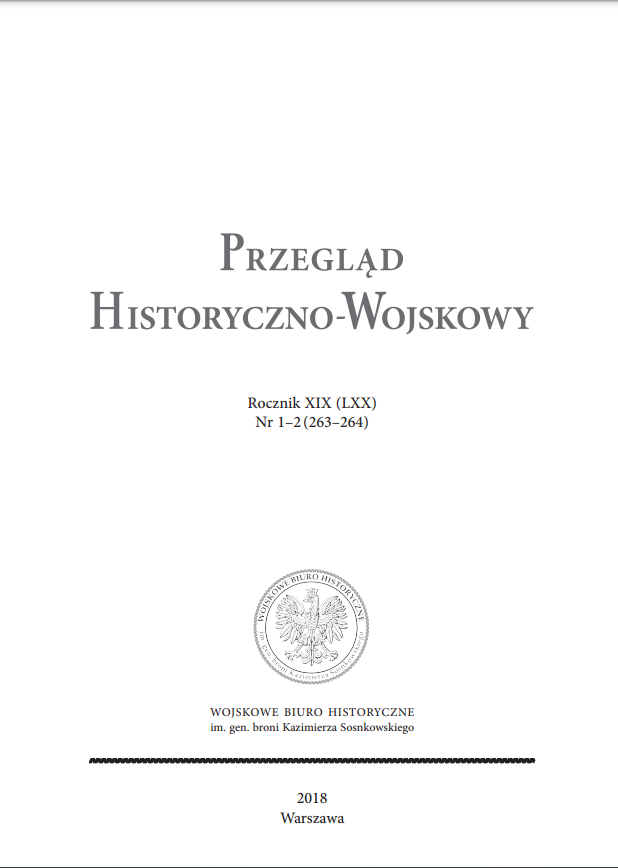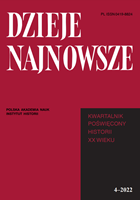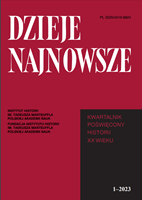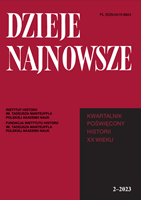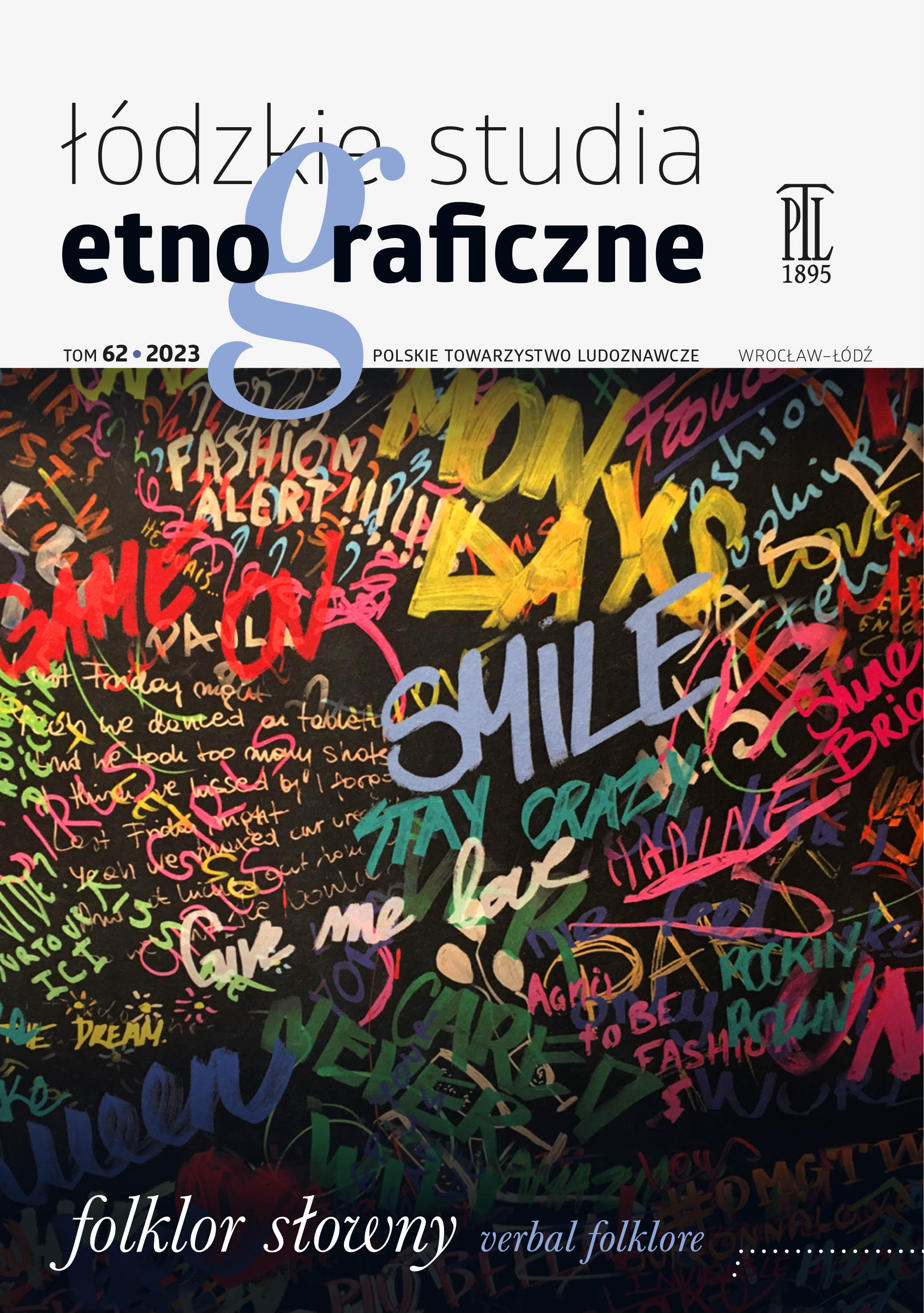
O potrzebie i początkach turystyki robotniczej na Śląsku Cieszyńskim w świetle programu i działalności Stowarzyszenia Polskich Robotników i Robotnic „Siła” (1908–1939)
The article focuses on the popularisation of tourism and sports among the working-class youth of Cieszyn Silesia in the first three decades of the 20th century. The author attempts to demon- strate how physical activity took on a political dimension and how its forms, for example sport and tourism, were understood as a tool for the education and emancipation of the working class. For this purpose, press articles on physical activity published in “Oświata”, a monthly journal of Polskie Stowarzyszenie Robotnicze Oświatowo-Gimnastyczne “Siła” (Polish Worker’s Association for Education and Gymnastics “Siła”), were analysed.
More...
